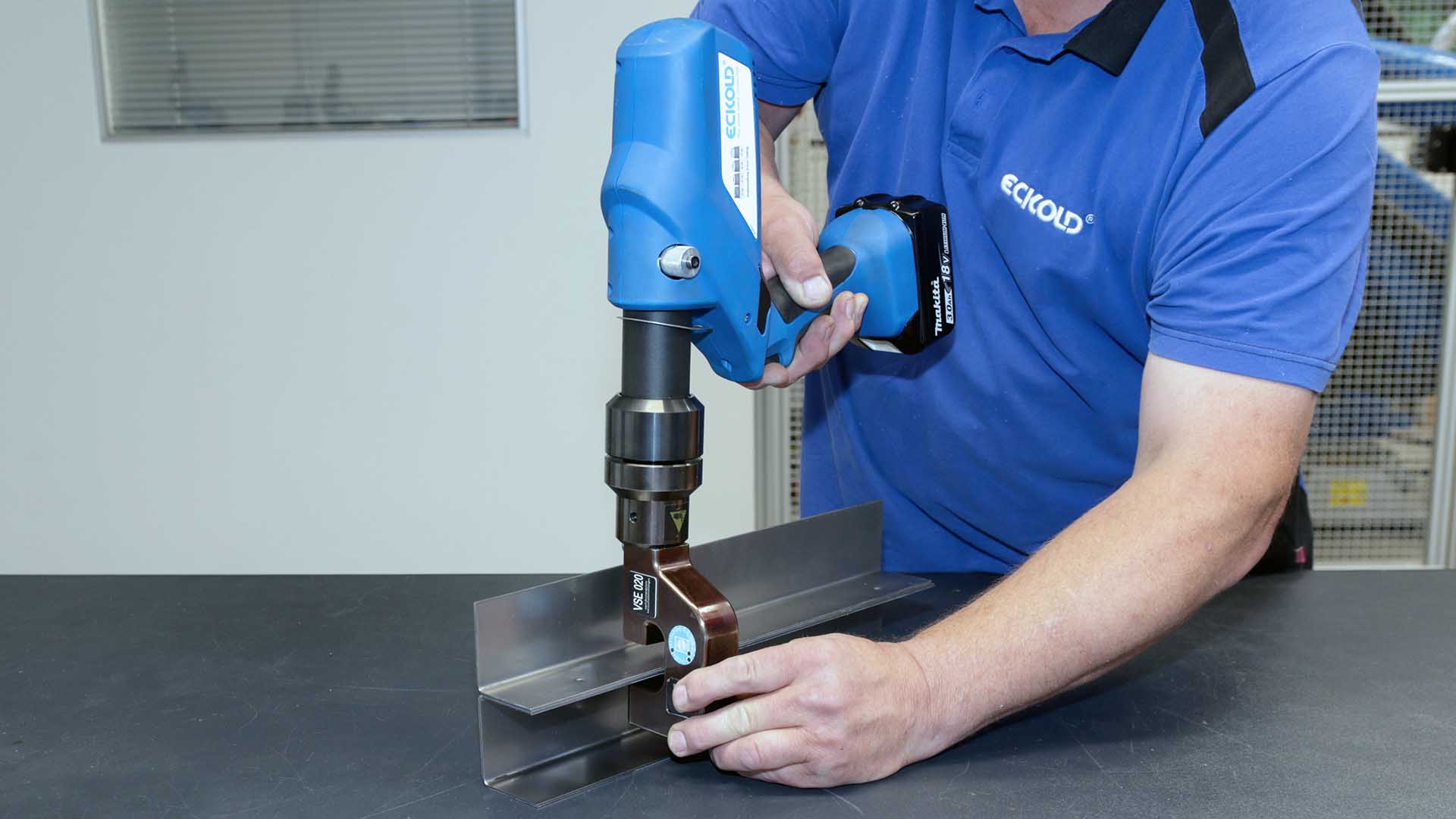30.08.2021
Is clinching safer than other joining methods?
We probably all have seen pictures of people who suffered flash burns or other injuries from industrial metal welding and machining. In this context, you might have asked yourself whether clinching is safer than other joining methods. However, safety during the actual process should not be the only criteria, as sustainability is equally important. When it comes to industrial joining, clinching is in competition with other methods such as riveting and welding. It is however a well-known fact that these techniques can have serious impacts on the health and safety of workers, and also damage the environment.

During welding, hazardous substances are released in the welding fumes, including hexavalent chromium and nickel compounds. These substances have been classified as carcinogens by the International Agency for Research on Cancer (IARC). Another hazardous substance released during steel welding is manganese, a neurotoxin. With all this in mind, we might feel slightly more concerned about health and safety of welders, and want to look at extra safety equipment as well as efficient extraction systems. At the same time, we know that such safety equipment will push up production costs, as it generally restricts accessibility to workpieces and takes up valuable space, on top of the initial investment and installation costs.
When assessing the sustainability of the various joining methods, energy consumption is a major factor. With clinching, energy is only required to power an electric motor or a hydraulic pump, in contrast to welding, which requires a considerably higher energy input. The sustainability of a joining technique is determined primarily by the source of the energy it requires.
Joining methods such as self-piercing riveting work with compressed air, which is rarely produced without causing CO2 emissions. In addition, there can be secondary impacts, for instance if the rivet is not perfectly placed and driven in, as this tends to lead to extra dust.
It is only fair to say that all joining methods have their uses. If your focus is however on more sustainable production, you might need to consider investing in new production equipment and technologies.
To find out more about the unique features and advantages of clinching, visit the CLINCHING website.


Comments are disabled for this post.
0 Kommentar